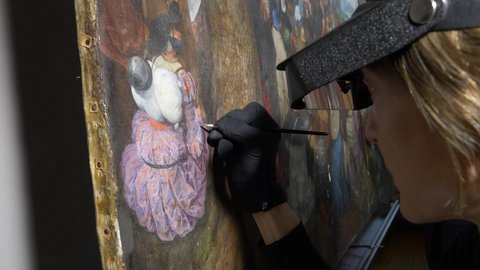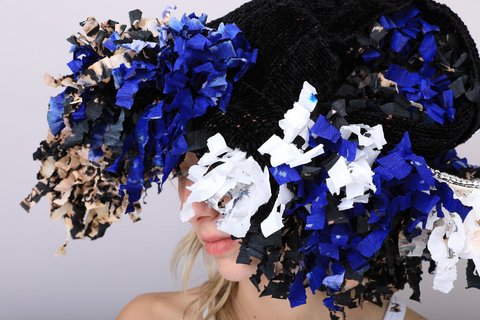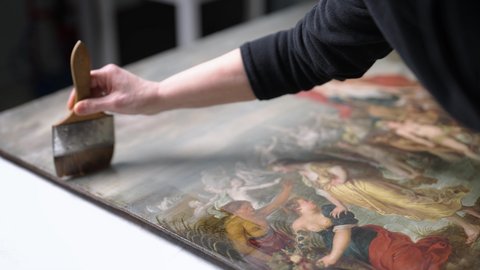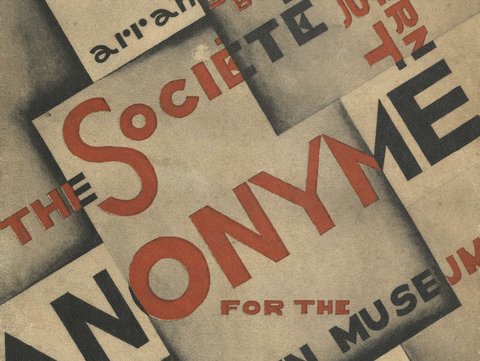Voices Mag
on PaperThe Fürstenzug on Paper
Concept
Jacob Franke (digital curator)
Marion Heisterberg (conservator, Kupferstich-Kabinett)
Martin Zavesky (digital strategy advisor)
Johanna Ziegler (lead conservator, Kupferstich-Kabinett)
Editors
Jacob Franke, Steve Gantke, Marion Heisterberg, Gernot Klatte, Annegret Pabst, Holger Schuckelt, Johanna Ziegler
Films
Jacob Franke, Anastasia Vasiutina
Translation
Valentin Sebastian Lorenz
Speakers (in the films)
Sylvia Ciesielski, Wiebke Schneider
Technological Implementation
XIMA MEDIA GmbH (Bianca Zimmer, Eliseo Malo)
The conservation of the Fürstenzug cartoons was made possible with funding from the Rudolf-August Oetker-Stiftung.
Pieter Bruegel the Elder was one of the most influential and successful painters of the 16th century. Particularly innovative pictorial creations such as “The Sermon of Saint John the Baptist” (Budapest, Szépművészeti Múzeum) were copied in large numbers by his sons Pieter Brueghel the Younger and Jan Brueghel the Elder as well as other artists. Today there are 36 repetitions of the motif, among which the Dresden version, with its exceptionally high quality, occupies a prominent place. The film provides an insight into the elaborate restoration of the painting.

In the wake of the Europe-wide MADE IN project, the Kunstgewerbemuseum brought together the textile designer Cécile Feilchenfeld and traditional Saxon businesses. We captured the process on film, through which she developed headdresses referencing Christmas trees from the Erzgebirge, silk flowers from Arnsdorf and porcelain from Meissen. They are currently on display at the Future Legacies exhibition at the Center ROG & MAO Slovenia in Ljubljana and will be available to see in Schneeberg starting in October.



